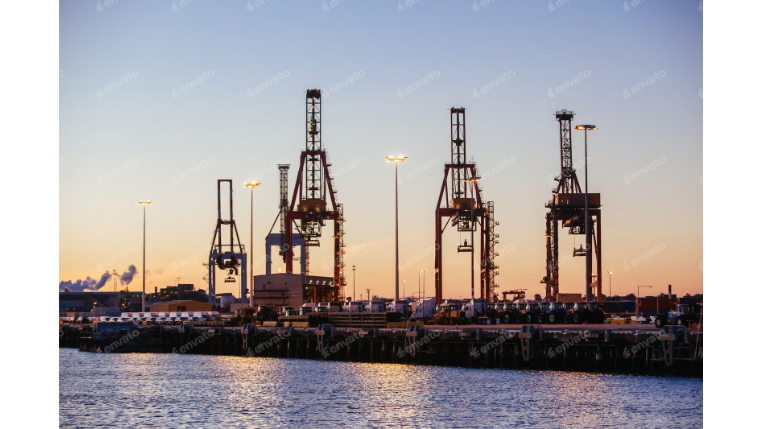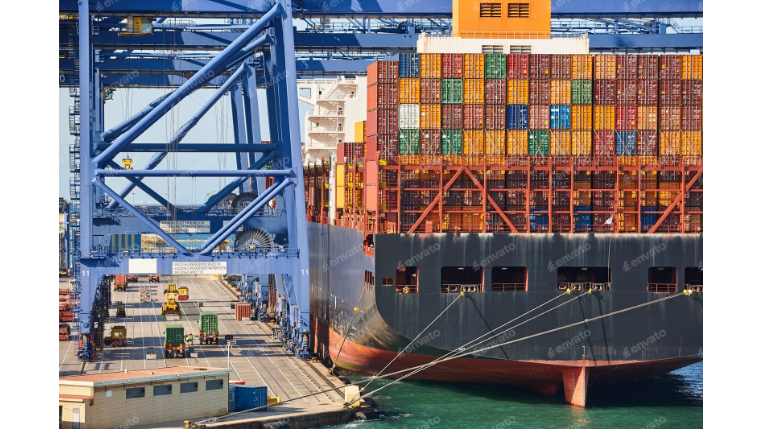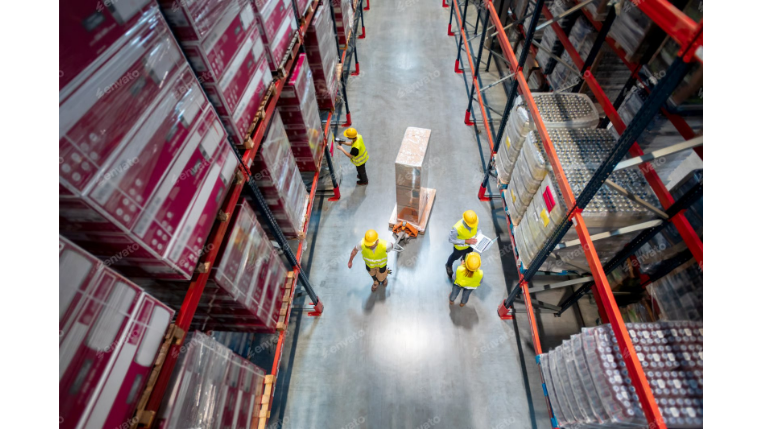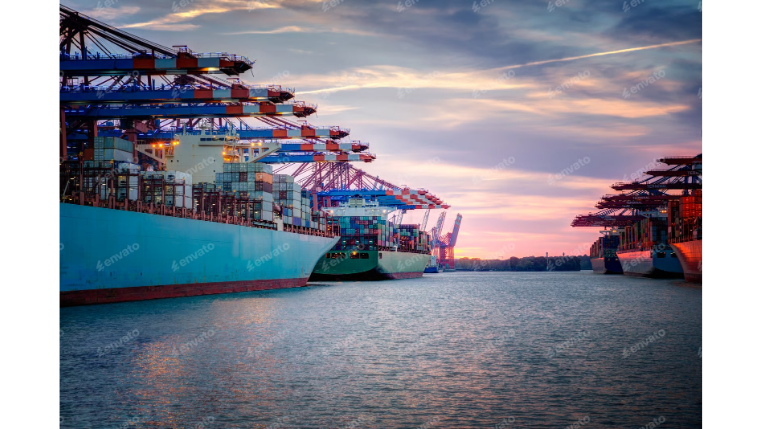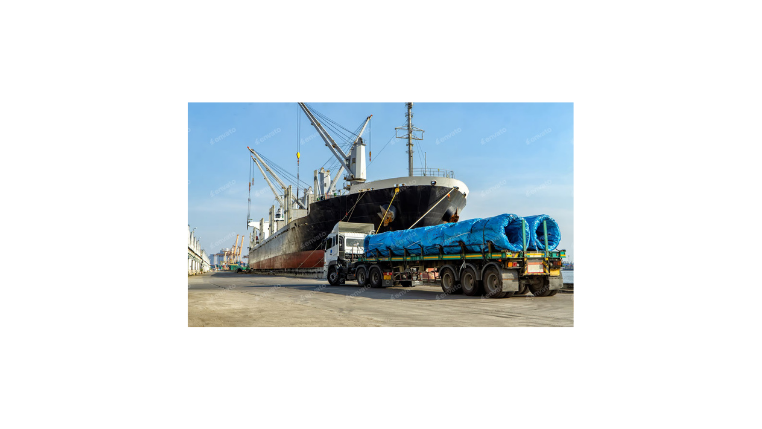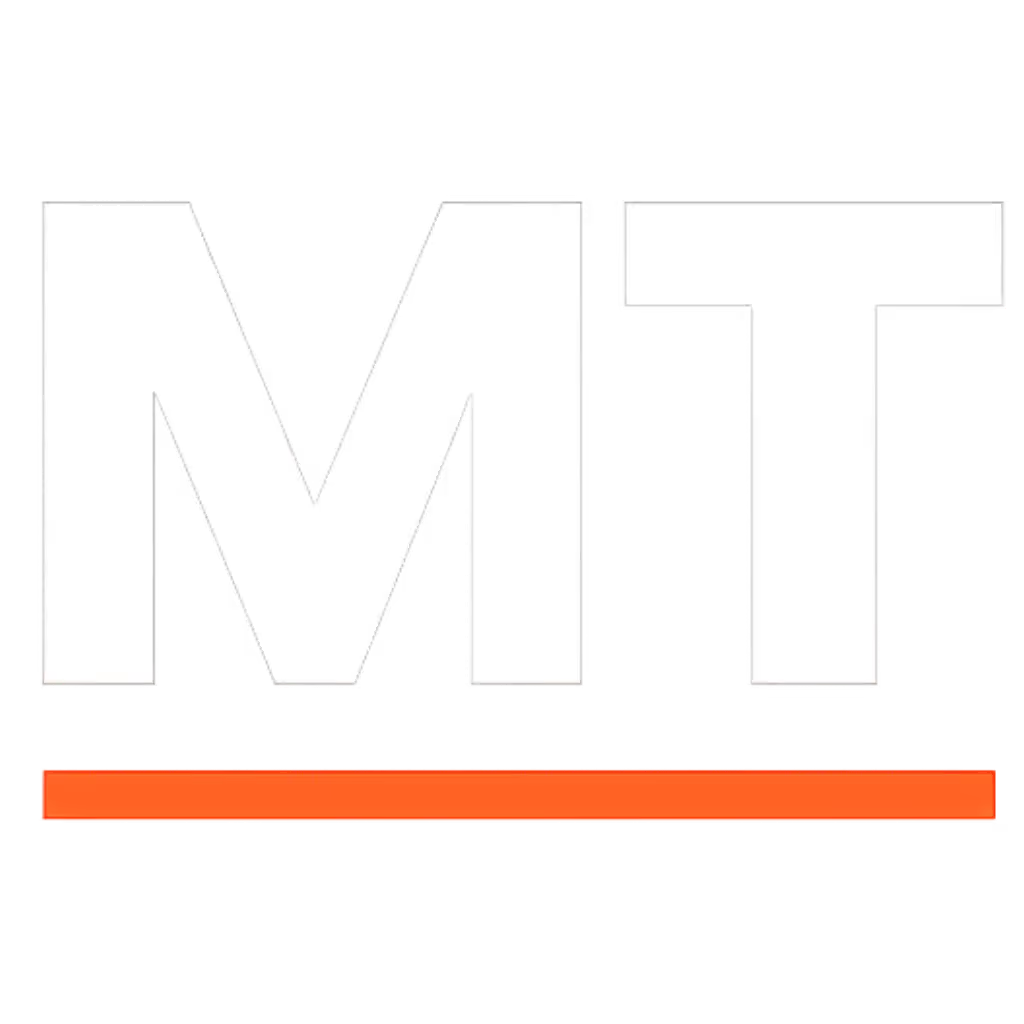What Are Customs Operations?
Customs operations encompass all the procedures, documents, and formalities that must be carried out by individuals, businesses, and the customs authorities themselves to comply with a country's customs laws. The primary goals of customs operations have expanded over time to include:
- Taxation: The traditional role of customs is to assess and collect tariffs and other taxes, such as VAT, on imported and exported goods.
- Security: Customs operations are crucial for national security, as they control the flow of goods and prevent the illegal trafficking of prohibited or restricted items, such as hazardous materials, counterfeit goods, or narcotics.
- Trade Facilitation: Modern customs agencies also focus on simplifying, harmonizing, and standardizing trade procedures to make international commerce easier, faster, and more economical for businesses.
Any goods crossing a border are subject to these operations, which include everything from preparing a detailed declaration to physical inspections and the calculation of applicable duties. The legal framework governing these operations varies from country to country, making it essential to have a clear understanding of the specific regulations of each territory.
A Step-by-Step Guide to Customs Operations
Successfully navigating the customs process requires a systematic approach. While the specific procedures can vary, the core steps remain consistent.
1. Pre-Arrival and Documentation
The customs process begins even before the goods arrive at the border. The shipper must prepare and submit a cargo declaration (manifest) and other necessary documents electronically to customs authorities. This includes a detailed customs declaration that states the person's wish to place the goods under a specific customs procedure. The information required for these documents is extensive and includes:
- Nature of the goods: Each product has a unique customs classification that determines the applicable duty rate.
- Goods value: The value of the goods, which is established by customs, includes the price, transportation costs, and other charges.
- Origin of goods: This is important for trade agreements, which may provide for duty reductions or exemptions.
2. Risk Analysis and Control
Once the customs declaration is lodged, the customs office performs a risk analysis. This is a crucial step in modern customs operations, as it allows authorities to identify shipments that pose a potential risk without having to physically inspect every single package. If the risk analysis flags a shipment, a customs officer will perform a detailed documentary or physical inspection of the goods to verify the quantity and type of goods against the data in the customs declaration.
3. Customs Clearance and Release
If the results of the controls are satisfactory, the goods are released for the customs procedure. The customs procedure can vary based on the destination of the goods. For example, goods intended for domestic consumption are released for "free circulation" upon payment of any applicable duties and taxes. Goods intended for re-exportation or storage in a customs warehouse would be subject to "special procedures," such as the customs warehousing procedure, which may suspend the payment of VAT until the goods leave the warehouse.
Simplified Customs Procedures
To facilitate international trade and reduce the administrative burden on businesses, many customs authorities have introduced simplified procedures.
- Simplified Declarations: These allow a trader to speed up the logistics by omitting some of the particulars and/or supporting documents of the customs declaration at the time of clearance. The full documentation is then provided within a set time limit.
- Entry in the Declarant's Records (EIDR): This procedure allows a trader to lodge a customs declaration through an entry in their own electronic system, which can significantly reduce administrative work and speed up logistics.
- Centralized Clearance: This allows a person to lodge a customs declaration at a central customs office, regardless of where the goods are physically presented for customs. This is particularly beneficial for businesses that operate in multiple regions.
In many countries, a licensed customs broker acts as a third party to assist traders with these procedures. Their knowledge of customs laws and processes can be invaluable for ensuring compliance and avoiding delays.
Conclusion
Customs operations are a fundamental part of the global supply chain, serving a dual purpose of security and trade facilitation. While the process can seem complex, a deep understanding of customs procedures, regulations, and documentation is essential for any business engaged in international trade. By embracing simplified procedures and working with experienced customs professionals, businesses can ensure compliance, avoid costly delays and penalties, and contribute to the smooth flow of global commerce.


